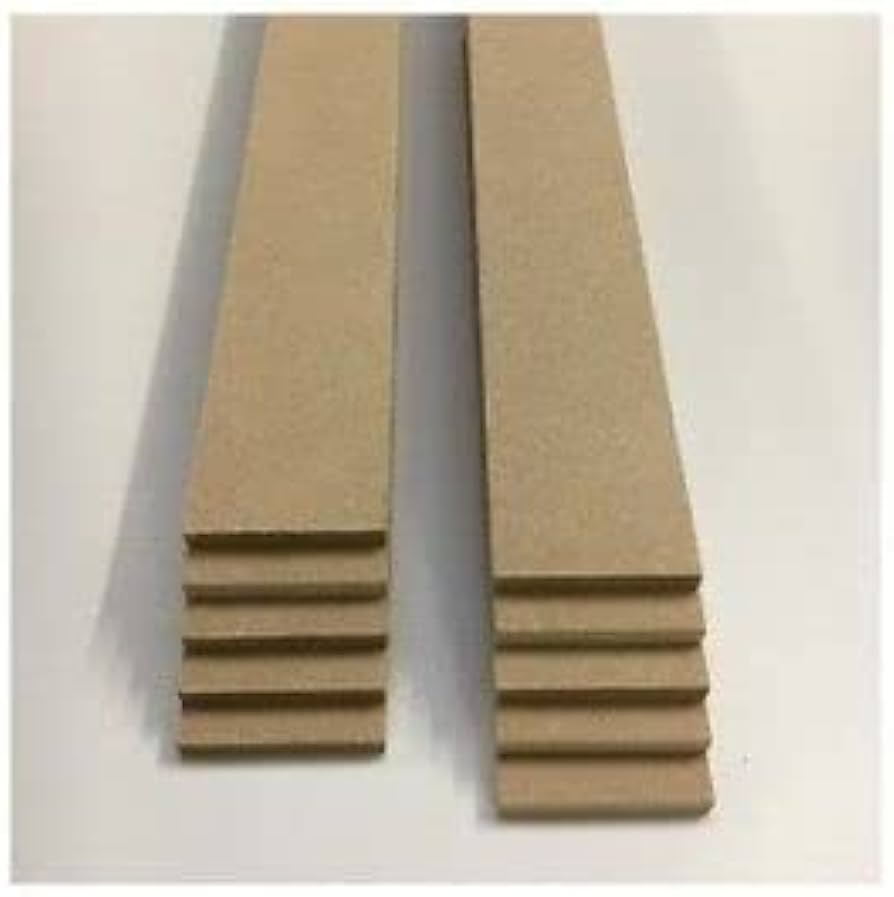Sports medicine has witnessed remarkable advancements, and one significant stride forward is the integration of allografts in the treatment and recovery of athletes. Ashlee Morgan explores the profound impact of allografts on various sports-related injuries, revolutionizing the approach to rehabilitation.
Understanding Allografts
An allograft, a transplanted tissue or organ from a donor of the same species, has become a versatile tool in sports medicine. Tissues like heart valves, corneas, skin, bones, tendons, and cartilage are carefully sourced, processed, and preserved for use in diverse clinical and surgical procedures.
Tendon Injuries and ACL Reconstruction
In addressing common injuries like Anterior Cruciate Ligament (ACL) tears, allograft tissues such as the Achilles tendon or patellar tendon are pivotal. Widely used in ACL reconstructions, allografts offer advantages like reduced surgical time, diminished postoperative pain, and a streamlined rehabilitation process compared to autografts.
Cartilage Injuries and Repair
For athletes facing cartilage injuries, a prevalent concern in high-impact sports, allografts play a crucial role. Osteochondral Allograft Transplantation involves using donated cartilage to fill damaged areas, expediting the healing process and enhancing joint functionality for athletes.
Meniscal Injuries and Transplantation
In sports involving sudden twists and turns, meniscal injuries are common. Meniscal allograft transplantation (MAT) becomes the preferred treatment when meniscus preservation is not viable. MAT involves replacing the damaged meniscus with an allograft, acting as a cushion and reducing joint pain Ashlee Morgan.
Rotator Cuff Repair
Athletes engaged in overhead sports, such as tennis or baseball, often experience rotator cuff tears. Allograft tissues become a valuable augmentation in rotator cuff repairs, particularly for large or complex tears. They strengthen the repair, promote healing, and facilitate tendon-bone integration.
Bone Defects
Allograft bone finds utility in addressing bone loss or defects resulting from trauma, infection, or surgical revisions. Using allograft bone eliminates the need for a second surgical site to harvest autograft, reducing infection risks and operative time.
Navigating Potential Barriers
While allografts offer substantial advantages, careful consideration is essential to mitigate potential risks such as disease transmission, immune responses, and variable graft quality. Rigorous donor screening, modern processing techniques, sterilization methods, and meticulous surgical planning are fundamental in addressing these concerns.
In conclusion, allografts have emerged as a game changer in sports medicine, offering effective solutions for a spectrum of injuries. Their impact extends beyond mere treatment, influencing surgical approaches, reducing recovery times, and enhancing overall outcomes for athletes. As sports medicine continues to evolve, the role of allografts is poised to become even more pivotal in shaping the future of athletic injury management Ashlee Morgan.


